Category: Features
-
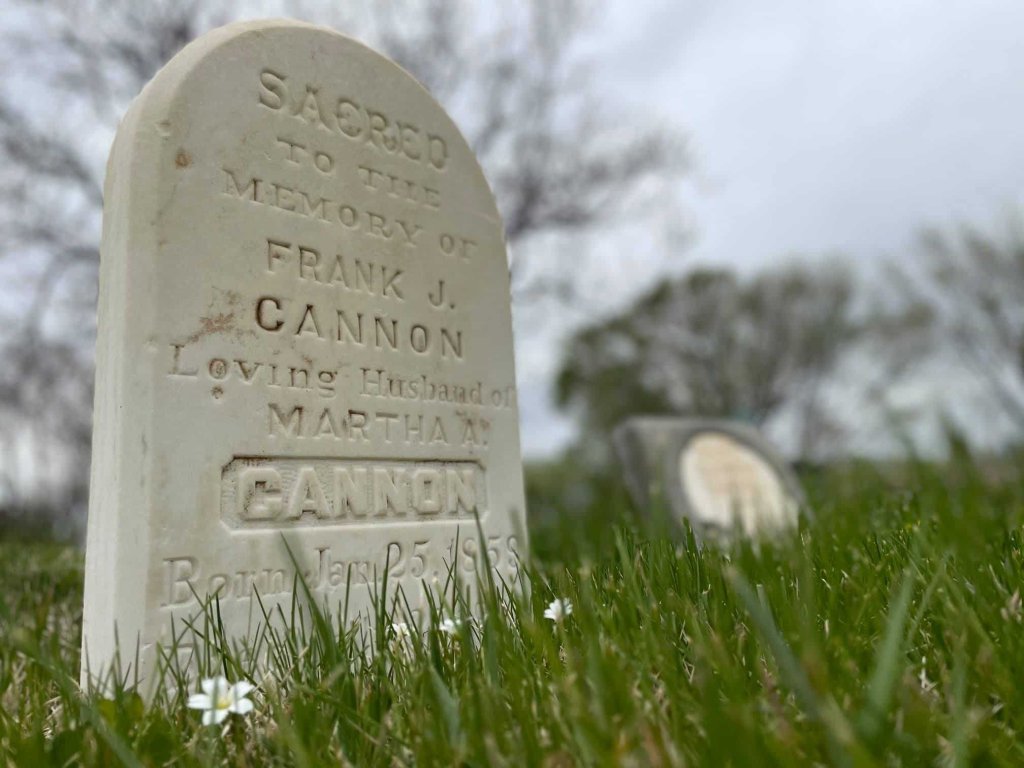
Saint, Senator, and Scoundrel
“The lack of any biography of Frank Cannon seemed a glaring gap in [Utah] annals. It was high time to tell his story.” Val Holley recently stated this during an interview with Kurt Manwaring where they discussed Frank Cannon and Holley’s recently-published biography, Frank J. Cannon: Saint, Senator, Scoundrel (University of Utah Press, 2021). What follows…
-
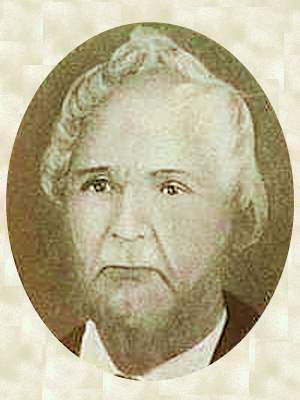
Lit Come Follow Me: D&C 63: Rebelliousness and Signs—The Lord is in Control
Poetry for this week’s Come Follow Me lesson, D&C section 63, addressing rebelliousness and signs, but concluding that the Lord is in control
-
Lit Come Follow Me: D&C 60-62: Missionary Work
Poetry for this week’s Come Follow Me lesson, D&C sections 60-62, addressing missionary work and the Lord’s support for us.
-
Lit Come Follow Me: D&C 58-59: Timing of Blessings, Sabbath Day
The end is always a new beginning. The arrival of the first Latter-day Saints in Independence, Missouri was both an end and a beginning. They accomplished the goal of gathering to Zion, but then realized that now they had to actually build Zion—a process that has, in a variety of ways, continued ever since. For…
-
The American Apocalypse
The end of the world is a pretty dramatic scene. Perhaps it is because of that drama that the idea has captured the imagination of human beings for thousands of years and continues to do so today. It is not an uncommon topic of conversation among Latter-day Saints that I have known, including the occasional…
-
Lit Come Follow Me: D&C 51-57 — Temporal Zion
By going in order through the Doctrine and Covenants, the Come Follow Me lessons sometimes show the concerns of the Church at a particular point in time. The seven sections included in this lesson are quite varied, but all demonstrate temporal concerns — where to put all the immigrants arriving in Kirtland, how members should…
-
“Whoso forbideth to abstain from meats”
It’s a well-known grammar joke that punctuation can save lives, since there is a difference between saying: “Let’s eat, Grandma!” and: “Let’s eat Grandma!” Punctuation and grammar do make a difference, as Oakhurst Dairy found out the hard way a few years ago. In a legal case about overtime for drivers and a state law…
-
Lit Come Follow Me: D&C 49-50 — Marriage, Falsehood & Edification
Poetry for this week’s Come Follow Me lesson, D&C sections 49-50, addressing marriage, identifying falsehood & edification through spiritual gifts.
-
“It is given to some to speak with tongues”
I served my mission in the Midwestern United States, and we had a decent amount of contact with groups, such as the Pentecostals, who were enthusiastic about charismatic gifts of the Spirit. I remember on one occasion, that a missionary serving in the same district approached me about an investigator they she been working with…
-
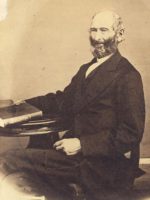
Lit Come Follow Me: D&C 46-48 — Welcome, Spiritual Gifts, History and Sharing
Poetry for this week’s Come Follow Me lesson, D&C sections 46-48, addressing being welcoming, spiritual gifts, keeping a history and sharing the lands we own.
-
Daniel Becerra on 3rd and 4th Nephi
Within the Book of Mormon, 3rd and 4th Nephi are arguably some of the most important portions of the book, with their focus on the in-person ministry of Jesus Christ among the children of Lehi and what followed because of that ministry. Daniel Becerra, author of the book 3rd, 4th Nephi: A Brief Theological Introduction,…
-
Lit Come Follow Me: D&C 45 — Standards and Zion
Poetry for this week’s Come Follow Me lesson, D&C section 45, addressing the raising of gospel standards and establishing Zion.
-
“Provide for him food & raiment”
As a missionary, I occasionally found myself in the uncomfortable experience of listening to my companions talking about how proud they were to be part of a Church where every calling is performed on a voluntary basis, with no compensation—from the top leaders on down to the local level. My discomfort was caused because, in…
-

Hear the words of the Church’s first lady — a review of Jennifer Reeder’s *First: The Life and Faith of Emma Smith*
“I have many more things I could like to write but have not time.” Thus wrote Emma Smith in a letter to her husband, Joseph Smith. I wish she did have the time! Jennifer Reeder’s biography of Emma Smith — First: The Life and Faith of Emma Smith — left me wanting even more of…
-
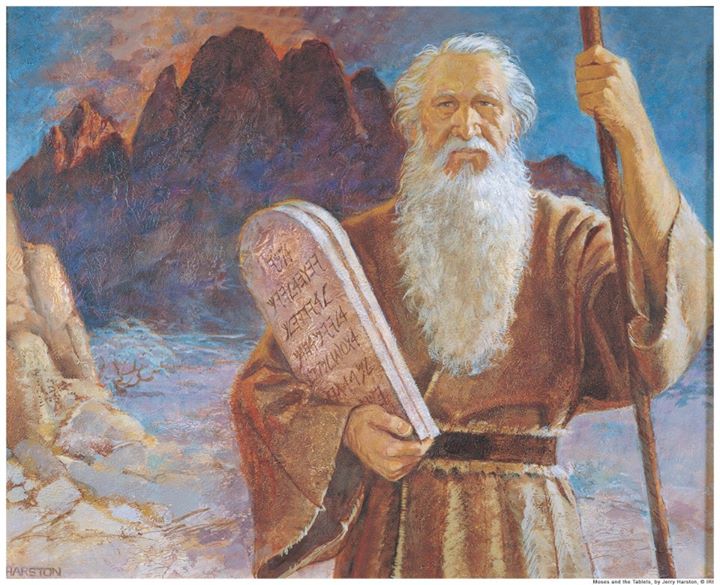
Lit Come Follow Me: D&C 41-44 — Law, Consecration and Revelation
Poetry for this week’s Come Follow Me lesson, D&C sections 41-44, addressing the law, consecration for supporting the poor, and the role of revelation.
-
Know Brother Joseph
What did Joseph Smith think? What was he like as a person? Questions like these are interesting to think about and are important considerations when you’re a part of a religion that draws so heavily on one person’s writings and ministry for its foundation. In a recent interview with Kurt Manwaring, R. Eric Smith, Matthew…
-
“Endowed with power from on high”
The revelations we are studying this week continue with themes found in revelations from throughout 1830, such as an imminent Second Coming and the gathering, but also set up an expectation for an endowment of power that would be an important theme for much of the remainder of Joseph Smith’s ministry. After the conversion of…
-
Lit Come Follow Me: D&C 37-40 — Gathering, Fears and Cares
Poems about the Gathering, preparation in order to ally our fears, and the cares of the world, to accompany the Come Follow Me lesson for April 12 to 18.
-
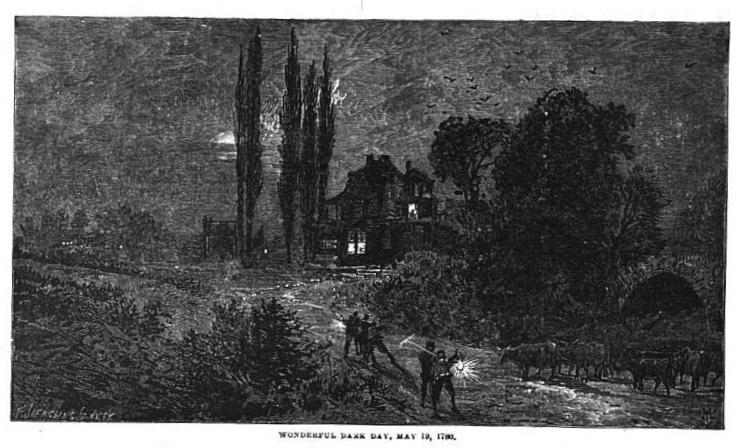
“The time of my coming”
For several days odd signs had been showing—the sky was yellow and the sun was red. Suddenly, the sky darkened further. Animals ran for cover. When seen, the moon was red and soot was seen to be floating in the river. By noon it was dark, forcing people to light candles and wonder—was the great…
-
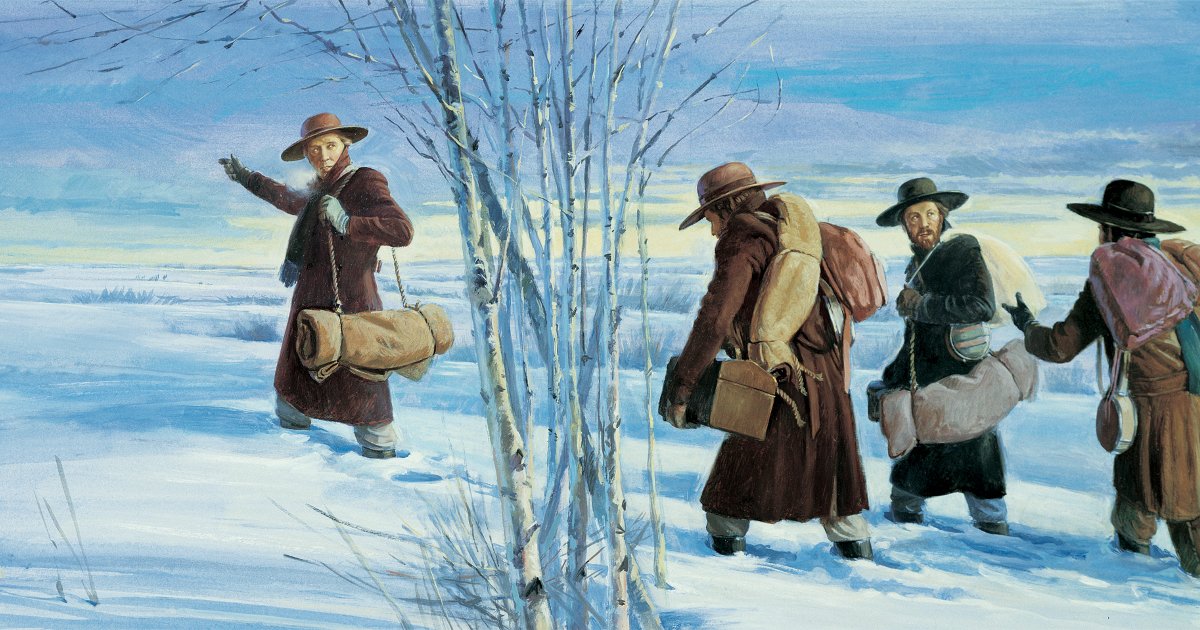
Lit Come Follow Me: D&C 30-36 — Missions and Family Relationships
The seven sections of the Doctrine and Covenants covered by this week’s Come Follow Me lesson discuss, in general, missionary work and the subsequent benefits of membership in the Kingdom. The first five of these sections include missionary calls to David Whitmer, Peter Whitmer Jr., John Whitmer, Thomas B. Marsh, Parley P. Pratt and Ziba…
-
Lit Come Follow Me: Easter
While no Come Follow Me lesson will be taught at church this coming Sunday, there is a lesson in the manual, meant for home study. So, I’m providing some poems to go with that lesson, which focuses on three aspects of the mission of Jesus Christ: that he was resurrected (i.e., He Lives), that because…
-
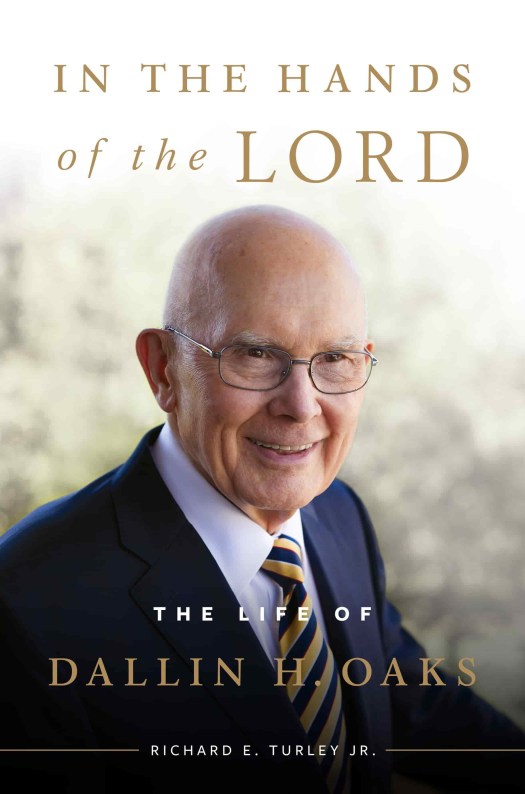
Richard Turley on Dallin H. Oaks
Recently, President Dallin H. Oaks’s biographer, Richard E. Turley, Jr. sat down with Kurt Manwaring to discuss the recently-published book In the Hands of the Lord: The Life of Dallin H. Oaks. What follows here is a co-post to the one at Kurt Manwaring’s site, with quotes from and discussion about the full interview, which…
-
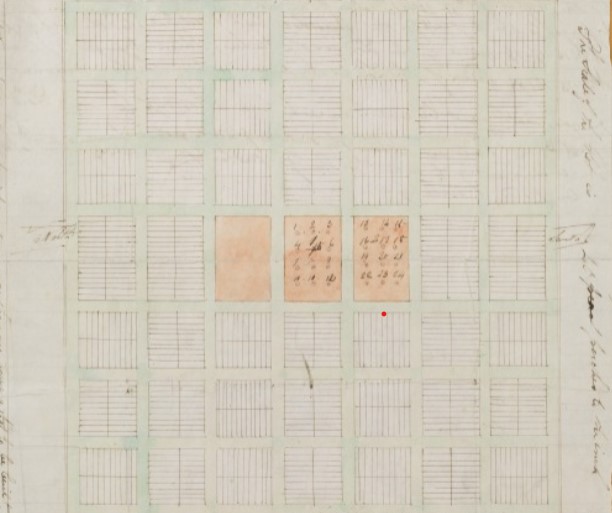
“The gathering of mine Elect”
Change and continuity create an interesting tension in the Church. I explored this in a previous post as the tension of believing in an everlasting, unchanging gospel that we have had restored to us and the belief in ongoing revelation and changes to adapt and evolve the Church to our current circumstances. Changes can be…
-
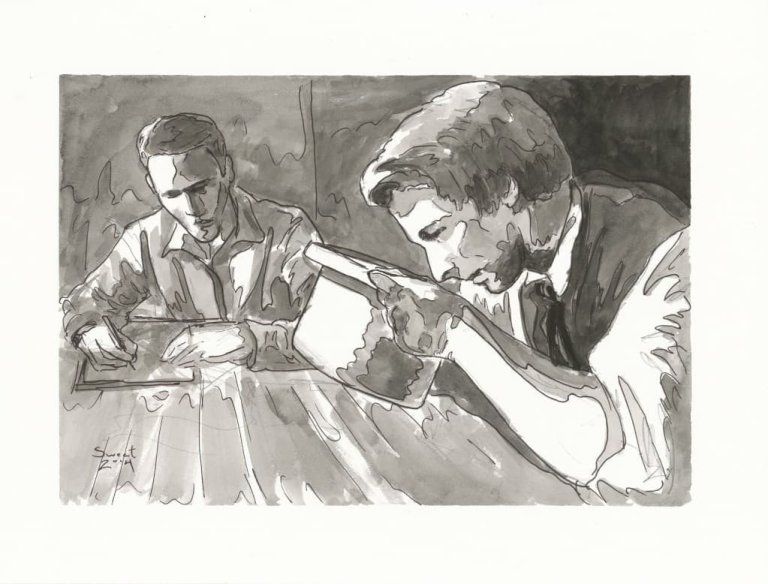
Art and Latter-day Saint History with Anthony Sweat
Some years ago, an institute teacher in a Church history class I attended said with some levity that: “I bear my testimony that Church media is not true.” He said this hyperbolic statement in the context of a class where we talked about Joseph Smith translating the Book of Mormon, and he went on to…
-

Lit Come Follow Me: D&C 29 — Gathering and the Plan of Salvation
Two poems to enhance study of the Come Follow Me lesson for D&C 29, which covers both the Gathering and the Plan of Salvation. The poems are Eugene A. Rooch’s Come, Gather to Zion and Joseph L. Townsend’s Among the Ancient Indian Mounds
-
“For he Receiveth them even as Moses”
Several years ago, I had a conversation with co-worker from outside of Utah about various Mormon churches that existed in Utah. He had been doing some research and we were discussing fundamentalist Latter-day Saint groups (ones like the FLDS or the Apostolic United Brethren that promote polygamy and other doctrines from the early Utah era)…
-
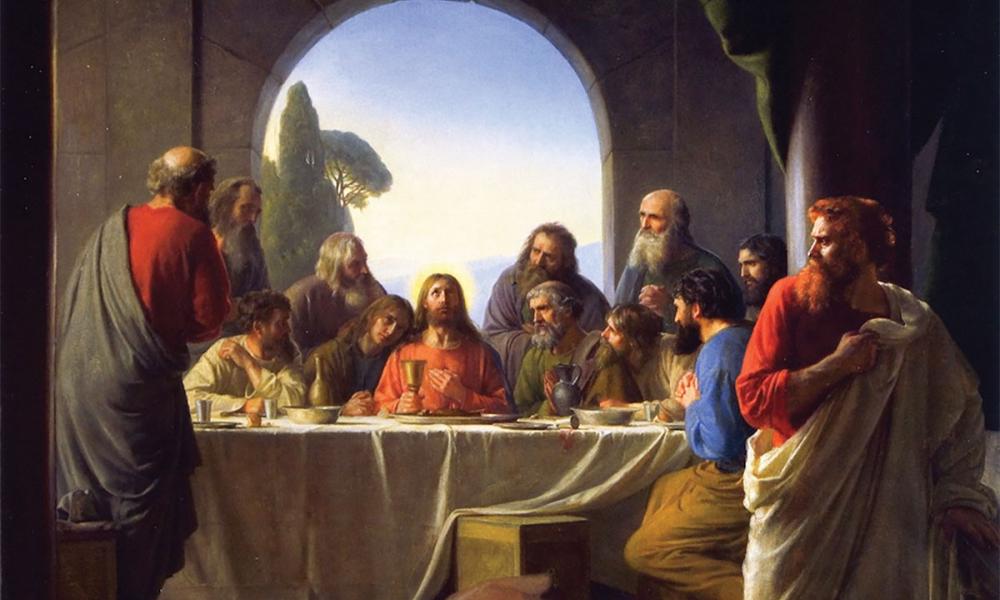
Lit Come Follow Me: D&C 27-28 — Sacrament and Supremacy
A function of revelation is clarifying confusion and what isn’t clear. And this function is displayed in the two sections of the Doctrine and Covenant’s covered in this coming week’s Come Follow Me lesson. In Section 27, we learn that it isn’t necessary to use wine in the sacrament (and, in fact, “it mattereth not…
-
“All things shall be done by common consent”
Within the corpus of J. Golden Kimball folklore, there is a story of Elder Kimball getting bored during a long process of sustaining officers at a stake conference somewhere south of Provo, Utah. Noticing that most of the congregation was nodding off or had fallen asleep while mechanically raising their hands for every name read,…
-
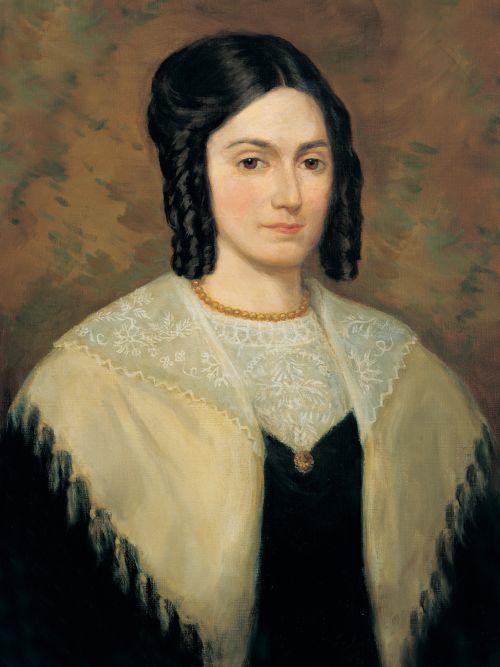
Lit Come Follow Me: D&C 23-26
One often forgotten feature of the Doctrine and Covenants is the very personal nature of many of its revelations. This week’s Come Follow Me lesson includes several sections of these revelations, including the unusual compilation of revelations found in section 23, which was given serially to Oliver Cowdery, Hyrum Smith, Samuel H. Smith, Joseph Smith,…
-
“It is expedient that the church meet together often to partake of bread and wine”
If the Book of Moroni is an instruction manual to “build a church,” as Michael Austin suggests, with the “nuts-and-bolts how-to-run-a-church stuff that anybody trying to reassemble what the Nephites built will need to know,”[1] then Doctrine and Covenants Section 20 represents an effort to take that manual, adapt it and expand on it for…
